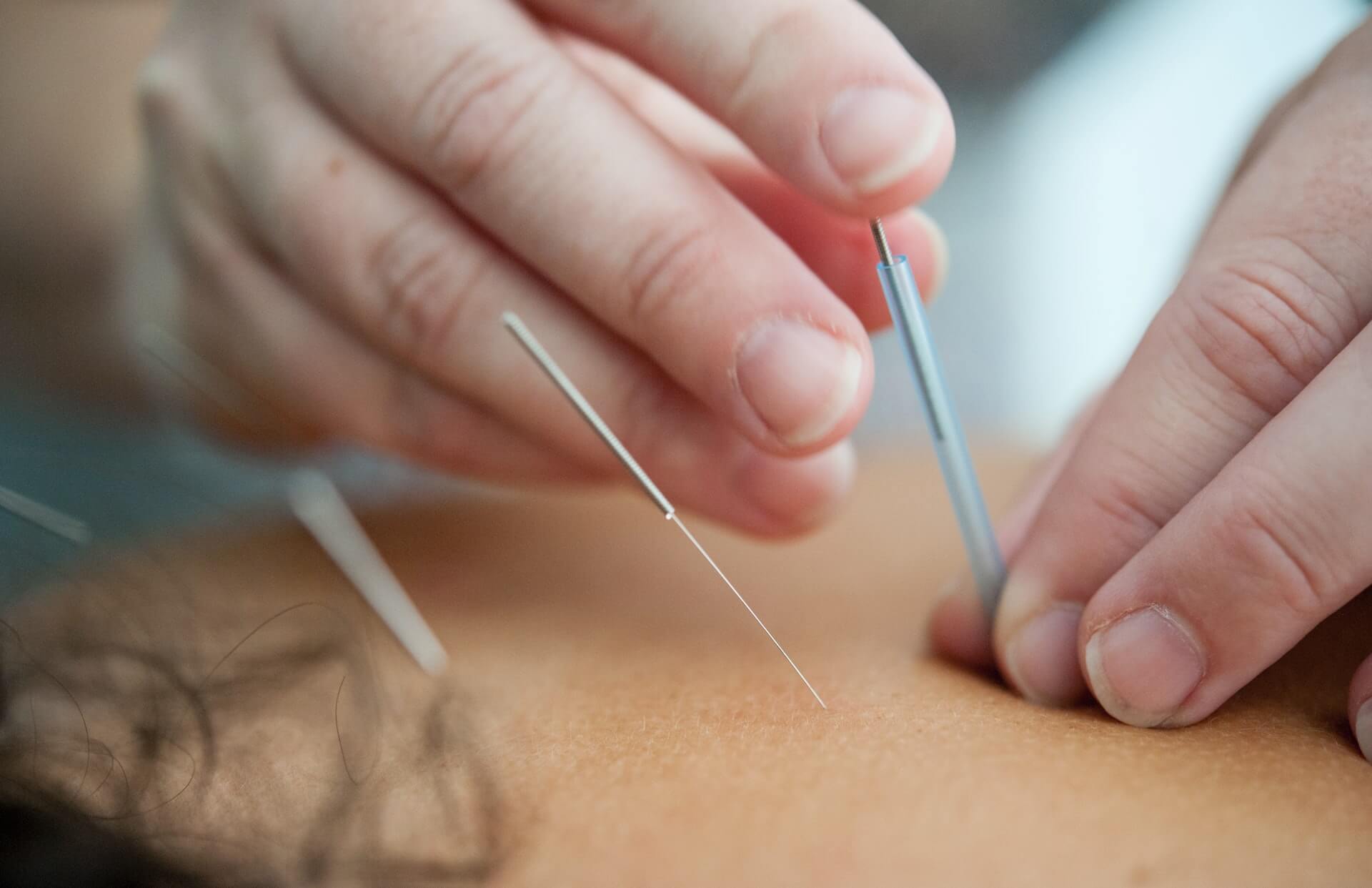Definition of blue light
What is blue light? “All of the light that we see is made of different wavelengths,” says Vivienne Sinh-Hau, MD, an ophthalmologist at Kaiser Permanente, Riverside, California. “Certain wavelengths can show certain colors.”
According to UC Davis Health, Blue light has the shortest wavelength. It also has the highest energy. It vibrates between 325 and 500 nanometers.
Sources of blue light
When talking about blue light exposure, people usually refer to the blue light from screens. However, screens are not the only source of blue light.
Dr. Hau states that blue light is present in almost everything. According to UC Davis Health, blue light makes up about one-third of visible light.right up arrow Sunlight is the most natural source, but LED TVs and fluorescent lights, smartphones, tablets and computers also emit blue light.
Blue Light Benefits
Most people associate blue light with something negative. Blue light can also have positive aspects. Think about how letting the sun shine in your morning helps you feel more awake and energetic.
According to Prevent Blindness (an advocacy and research group), blue light might help.
- Promote alertness
- Memory and cognition enhancement
- Elevate your mood
- To improve healthy sleep, regulate your circadian rhythm (but only when you are exposed during the day and not too close to bedtime — but more later).
According to the Cleveland Clinic, blue light can also be used therapeutically to treat certain skin conditions such as sun damage and acne.
Tips to Reduce Blue Light Exposure
To keep the blue light out of your eyes, you can set your device to night mode. Apple’s Night Shift settings automatically adjusts your screen to a warmer temperature as the sun sets. Warmer hues are intended to be less irritating for the eyes.
Although it sounds great in theory, don’t let this feature get too heavy. A study published in Sleep Health April 2021 found that enabling the feature did not improve sleep quality for participants. If you are having difficulty falling asleep, it is better to get rid of the device completely.
If you are constantly using your electronic devices, there are ways to reduce eye strain. American Academy of Ophthalmology suggests: Right up arrow
- Respect the 20-20-20 rule. After 20 minutes on the screen, take 20 seconds to look at something 20 feet away. Frempong said, “Just look out the window.” These breaks allow your eyes and eyes to return to their normal position.
- Place your arm about 25 inches (or approximately) from the computer screen.
- You can adjust the brightness or contrast of the screen. Eye strain will be reduced if there is more contrast.
- Artificial tears can be used to treat dry eyes. Frempong advises that you don’t use drops more than four times per day. Drops containing preservatives can cause irritation.




